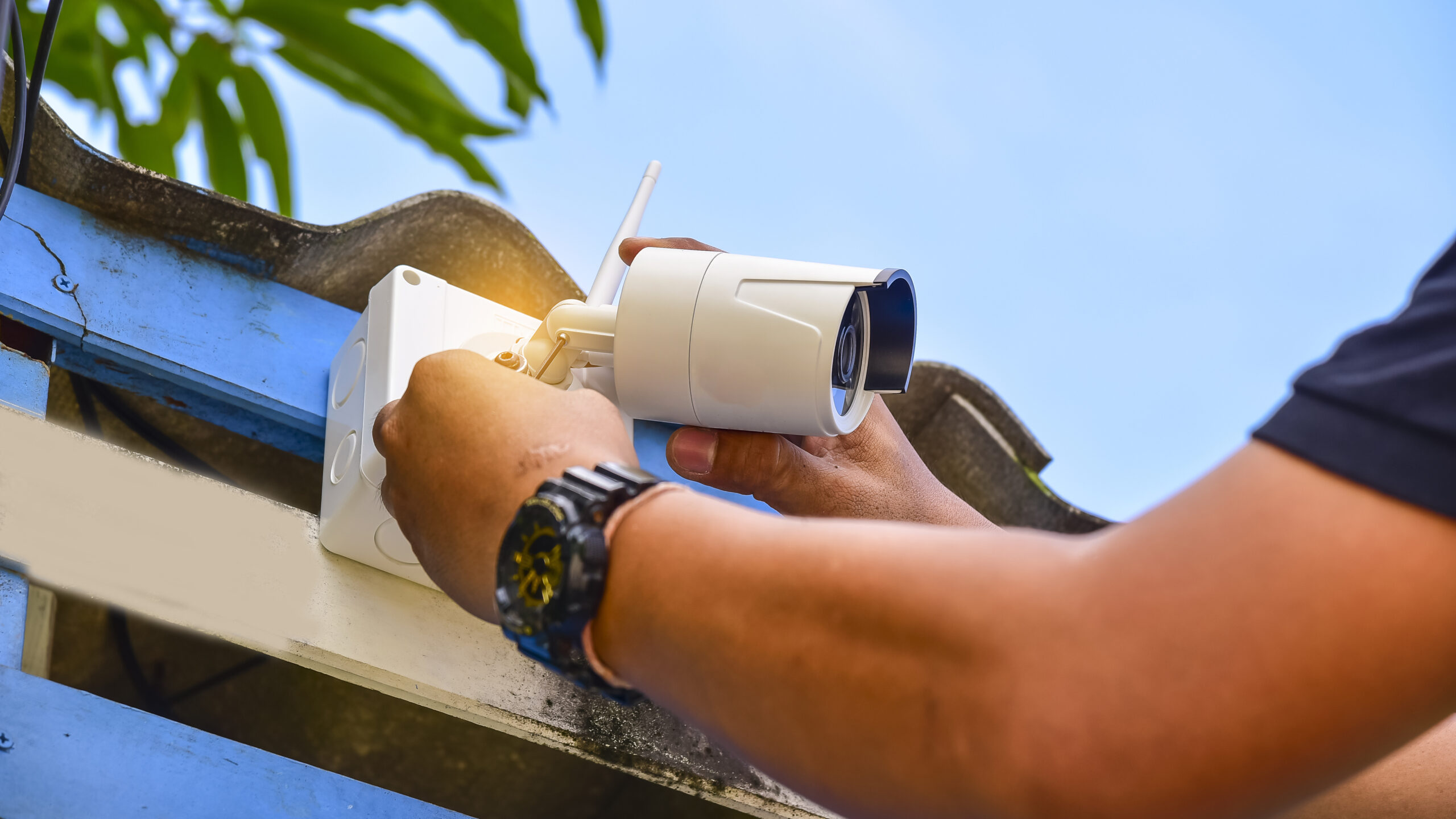Three Ways to Protect Outdoor Security Equipment From Severe Weather
Most of us have experienced severe weather, from heavy rain to snowstorms and tornadoes. While we can take shelter from the elements, any outdoor home security equipment you may have remains exposed.
Water and weather can cause damage to security equipment, and damaged equipment doesn’t work properly, or stops working altogether. We’re going to look at three ways you can weatherproof your outdoor home security equipment so it keeps on working to protect you.
1. Use Proper Housing for Your Equipment
This is one of the most effective things you can do to protect your outdoor security equipment against severe weather. Proper housing shouldn’t just protect your devices from rain, snow, and frost, but also from heat, cold, and humidity. All your outdoor equipment should have housing, including outside cameras, sensors and detectors, and access control panels.
Some camera housings are made from special metals that reflect instead of absorb heat. This helps protect your camera and sensors from direct sun exposure, and also from the higher temperatures found in an enclosed space like a camera housing.
Camera housing can also serve a handy extra purpose – it can effectively camouflage the camera to avoid easy detection by burglars. A coat of paint on the housing so that it blends in with the surroundings can be a quick and easy way to hide your cameras.
Another issue to take into account with device housing is protection from dirt, dust, and bugs. You’ll need to clean your camera housing regularly, especially if there are birds about! You may also find that spiders and bugs decide to set up home in your camera housing, so using insect repellent may help. Just make sure not to get it on the camera lens.
An important thing to check when putting your devices in housing is that there is no moisture or condensation inside the casing. This is especially true for cameras – internal condensation can damage the device, but it can also obstruct the view and render having a camera useless. If your live stream becomes unclear, check the camera housing first before doing anything else. A handy tip is to put a packet of silica gel inside the housing to prevent condensation.
2. Make Sure Your Cables and Wires are Waterproofed
Next up is making sure the cables and wires that are the lifeblood of your system are protected from water and the elements. If you have cables that are openly exposed, then waterproof the parts that connect the cables to the device.
You can use plastic conduits and junction boxes to keep your cables protected, and any holes should be sealed with waterproof material. Check this regularly if you are having a spell of harsh weather, as you may need to patch it up. m
Another option is to get an outdoor-rated cable. These protect the inner part of the wire with a gel-filled sleeve and do a great job of protecting your equipment from the ravages of the weather.
Cables ought to be sheathed for another reason. Critters such as squirrels, mice, and rats can chew through cables, causing a lot of damage to your equipment, and to themselves. Squirrels especially are inclined to chew through wires like a knife through butter if they are in their way, so you need to get the strongest cable covers you can find.
3. Secure Your Outdoor Equipment Properly
When you are looking for a site for your outdoor security equipment, it’s important that it’s not attached to any flimsy or weak structures – if you do and the wind blows hard, then your equipment may end up on the ground instead of monitoring your property!
Don’t attach equipment to metal poles or structures, either, as metal can attract lightning. If you absolutely have to put your equipment on metal, then make sure it’s well-grounded.
Put your outdoor security equipment on solid buildings instead, like your home, shed, barns or garages. Make sure they are mounted high up, so they are out of reach of people and animals. As a rule of thumb, put the cameras at least high enough so they’re beyond arm’s length for most people. Ideally, you should put them high enough so that a ladder is needed to reach them.

